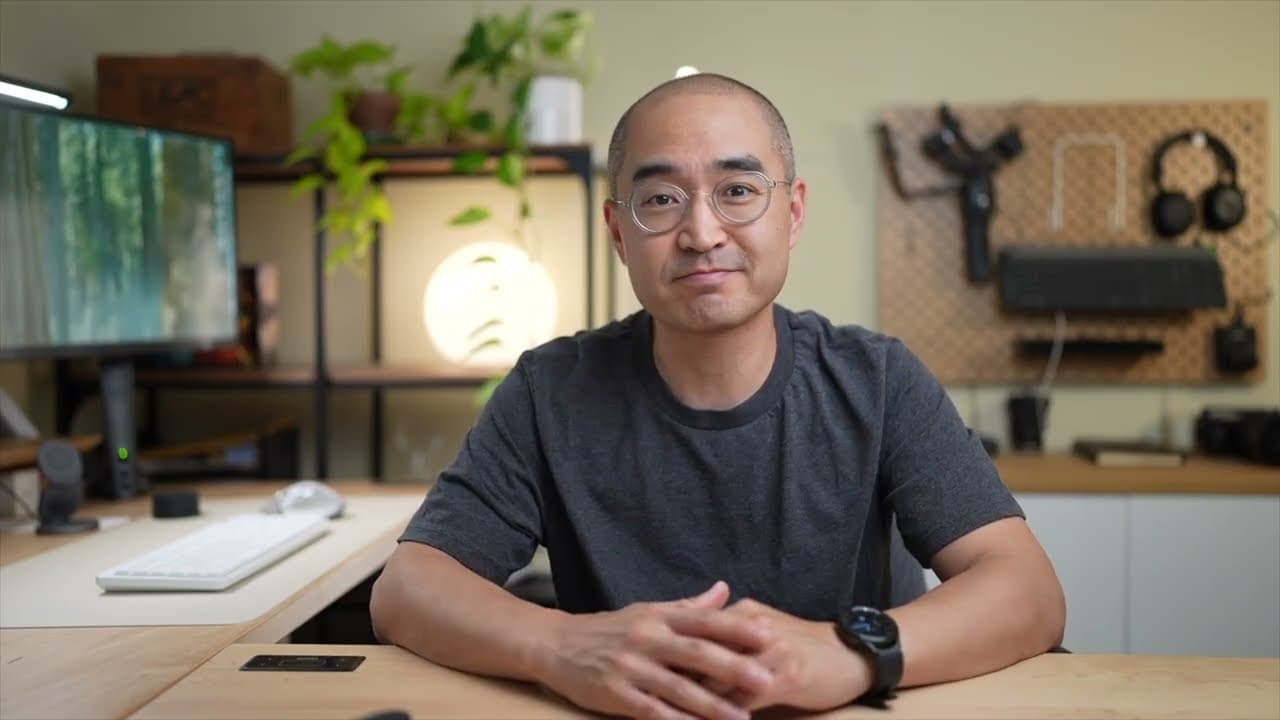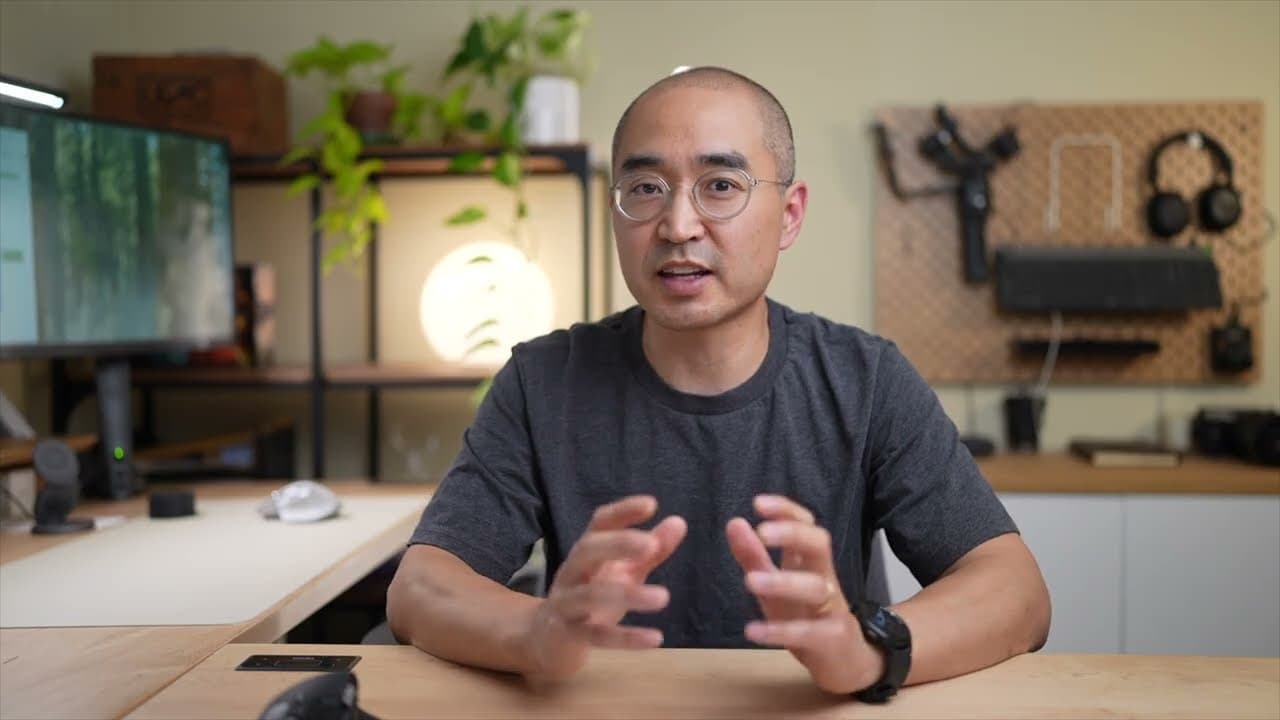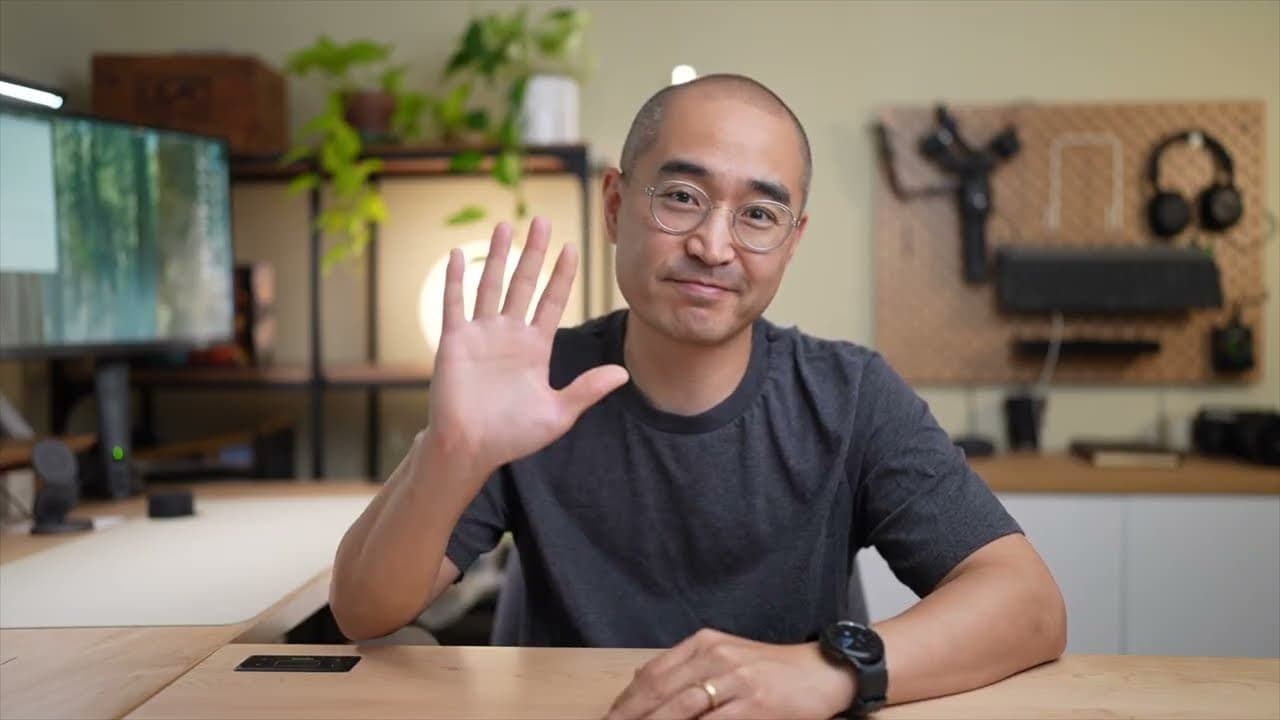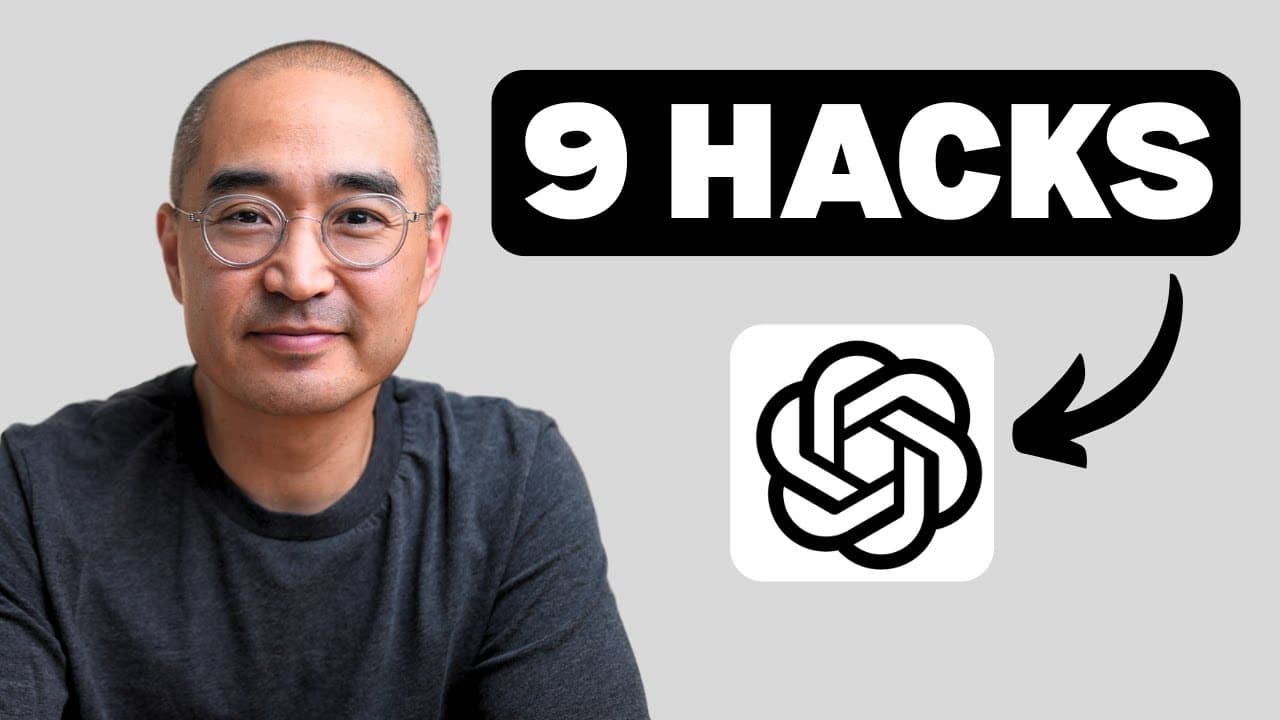Discovering the Hidden Powers of ChatGPT
I never realized how much I was underutilizing ChatGPT until I explored its advanced features, which can transform it from a simple search tool into a productivity powerhouse that saves time and enhances daily tasks.
This discovery revealed features that most users overlook, potentially revolutionizing how we work and interact with AI, while raising intriguing questions about privacy and efficiency.
TL;DR
I started with basic ChatGPT uses but uncovered custom tools like GPTs that integrate seamlessly with apps, boosting my creative projects effortlessly.
Exploring privacy options showed me ways to keep interactions temporary and secure, easing concerns about data retention during sensitive tasks.
Diving deeper, I activated voice mode for natural conversations, practicing scenarios like job interviews and receiving real-time feedback for improvement.
Paid features like screen sharing and projects organized my chats effectively, making ChatGPT feel like a personalized assistant for routine automation.
Overall, these enhancements sparked curiosity about balancing free and paid options, hinting at how they could streamline everyday productivity in surprising ways.
As I delved into ChatGPT, I realized most people treat it like a smarter version of a search engine, just for quick answers. But this approach misses out on powerful tools that can seriously boost productivity, and I estimate that about 90% of users aren't even aware of them. In my exploration, I focused on features available in the free version while touching on paid options to help decide if they're worth the investment.

One of my favorite free features is accessing custom GPTs, like the one for Canva. I clicked on the GPTs section in the left-hand column and selected Canva to generate thumbnail designs for my projects. For instance, I asked it to create two options, and it produced designs I could directly edit in Canva, turning a simple prompt into a collaborative design process.
If you're an Apple user like me, integrating ChatGPT with Siri is a game-changer. I went into my settings under Apple Intelligence, ensured it was enabled on my compatible device, and set up ChatGPT as an extension. Now, when Siri can't handle a task, it passes it to ChatGPT—for example, writing a 10-minute YouTube script or creating notes that save directly to my Apple Notes app.
Another handy free tool is Canvas mode, which I activate by starting a prompt with the word "canvas." This opens a split-screen format ideal for writing or coding, allowing me to edit the generated content directly, much like collaborating on a shared document. I changed a word in a sample text effortlessly, avoiding the need to regenerate the entire response.

Privacy has always been a concern for me, so I appreciated the modes that prevent ChatGPT from retaining data. I activated temporary chat by clicking the dotted chat bubble icon, which ensures prompts aren't saved or used for training. After testing it with a prompt, I deleted the chat, confirming nothing was stored, which is perfect for sensitive tasks like generating personal images.
For more permanent privacy, I adjusted settings by going to my profile, then data controls, and turning off model improvement. Under personalization, I toggled off memory and chat history, weighing the pros of not repeating information against the need for data security.
Voice mode added a conversational layer I found engaging. I clicked the voice mode icon next to the microphone and chatted with ChatGPT like a person, practicing a job interview for McDonald's. It asked questions and gave feedback on my responses, helping me refine my answers on the spot.

ChatGPT's visual capabilities impressed me too. I uploaded a screenshot of my calendar and asked it to suggest optimal times for YouTube work, based on my schedule. It analyzed the image—detailing a total of 21 hours spread across days—and recommended specific slots, which worked better than direct calendar integration in my tests.
With the paid version at $20 a month, features like screen sharing let me describe objects in real-time; for example, I showed it a mouse, and it identified it as a Logitech MX Master 3 based on its design. Projects help organize chats into folders, like grouping travel plans to Korea separately from YouTube ideas, preventing mix-ups.
The tasks feature in the paid version acts like a personal assistant. I prompted it to send daily AI news at 8:00 AM, automating routine research and saving me hours each week. Whether sticking with free or upgrading, these tools have made ChatGPT indispensable for my productivity.
As I wrap up this journey, I'm struck by how these features not only streamline daily routines but also open doors to creative and efficient problem-solving, encouraging ongoing experimentation with AI.
Key Takeaways
Custom GPTs and Canvas mode enhance creativity by integrating with tools like Canva for direct editing.
Privacy controls, such as temporary chats, ensure data security without sacrificing functionality.
Voice mode and visual analysis provide interactive practice and scheduling insights for better preparation.
Paid features like projects and tasks offer organization and automation, making ChatGPT a versatile assistant.

